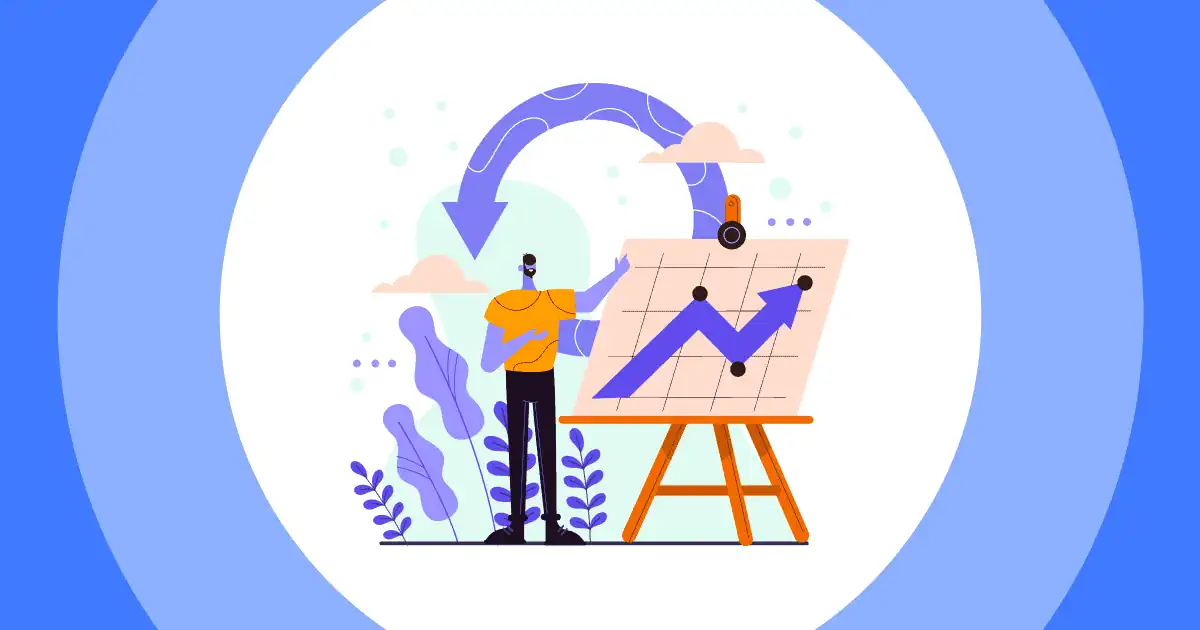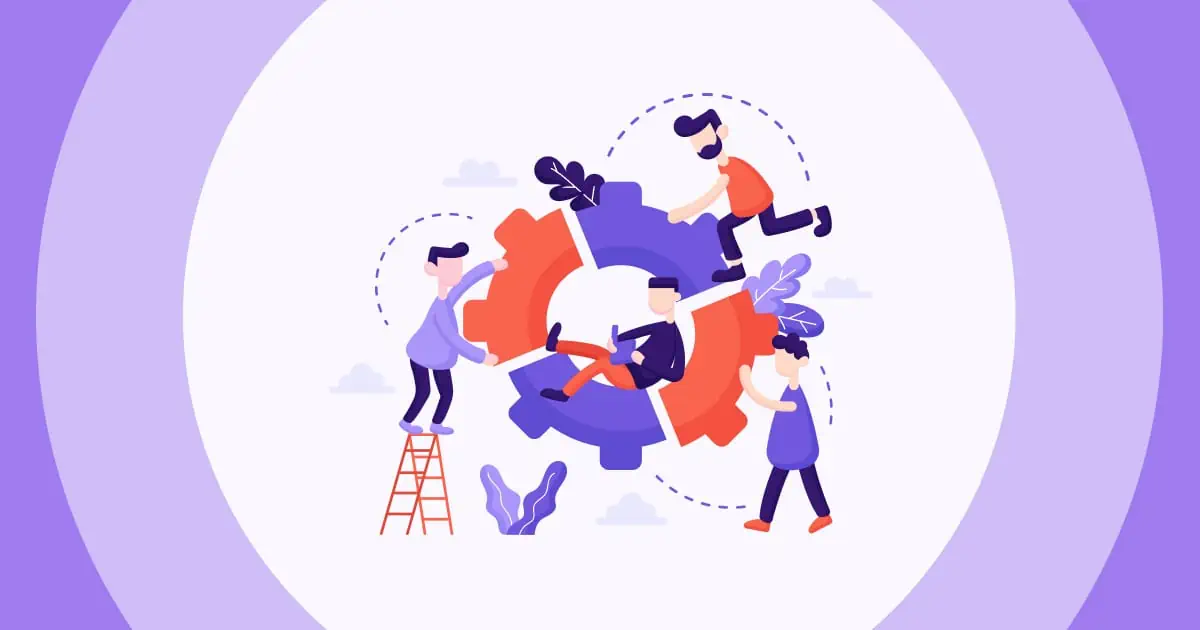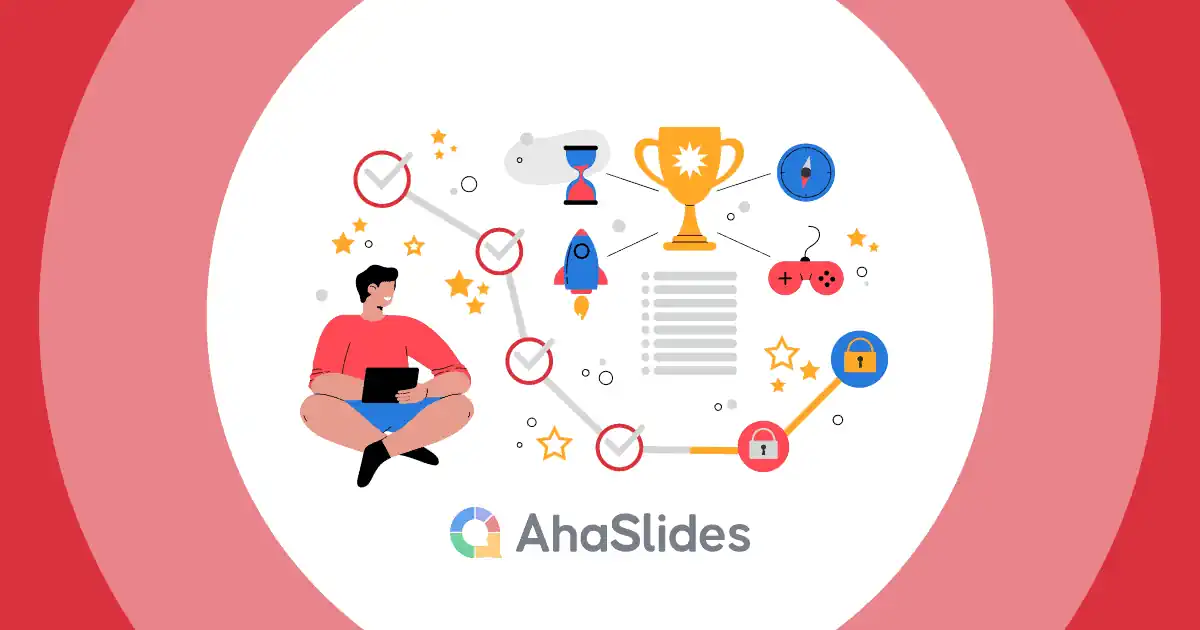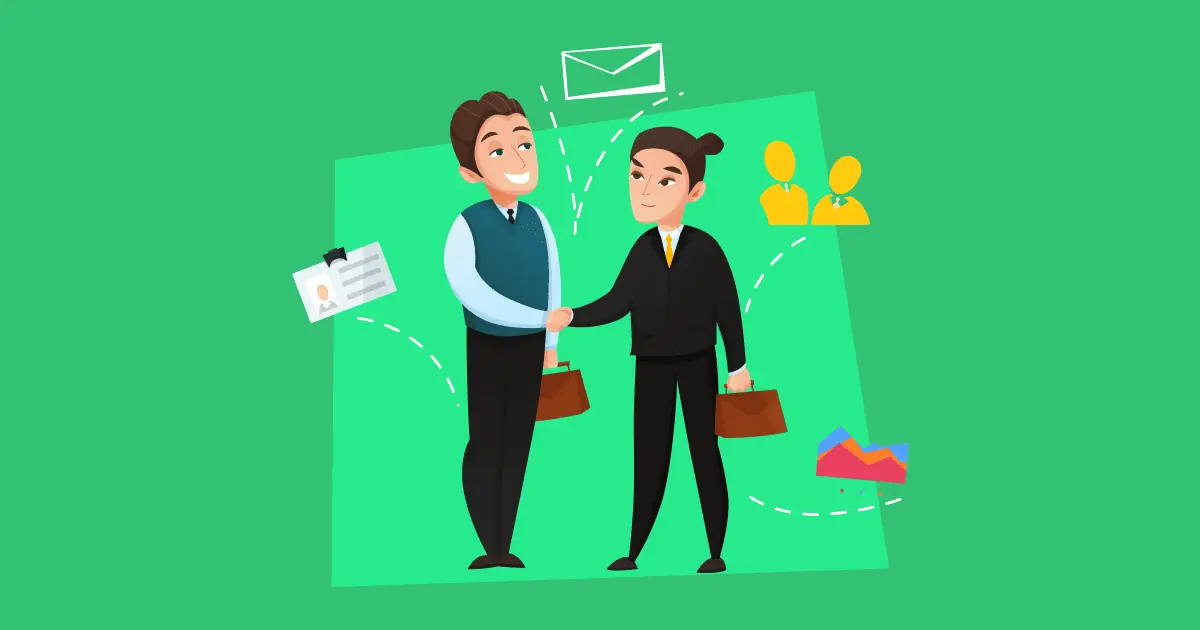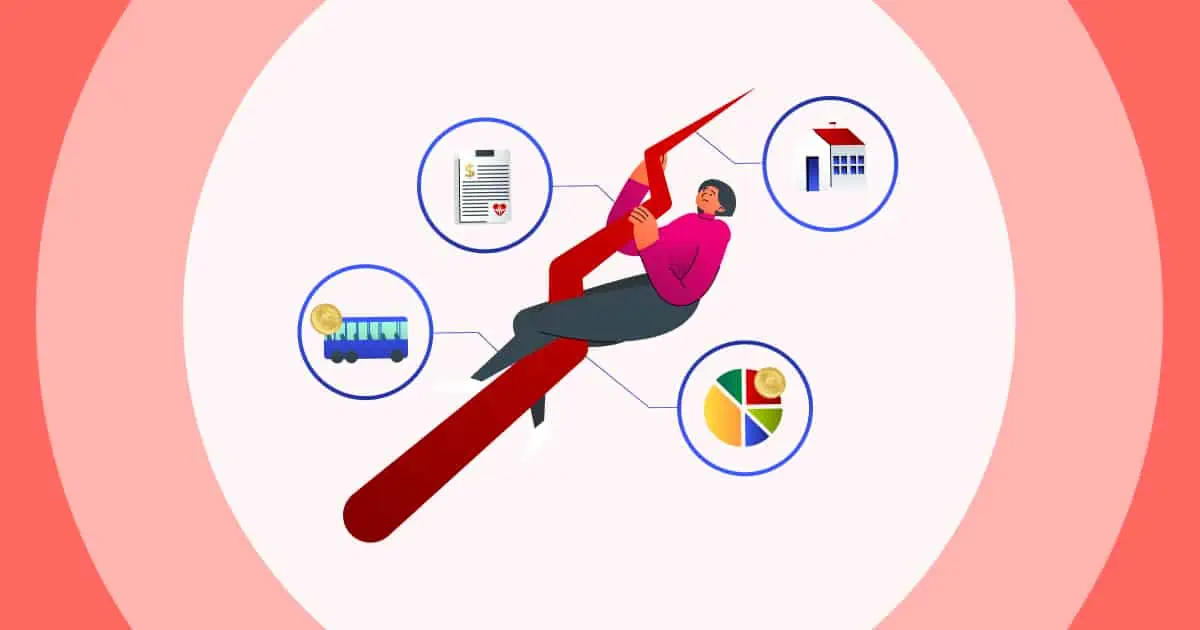Պատրաստվո՞ւմ եք հարցազրույցի, որտեղ պետք է ցուցադրեք ձեր ստեղծագործական խնդիրների լուծման հմտությունները: Արագ մտածելու և խնդիրների լուծման նորարարական իրական օրինակներ քննարկելու կարողությունը հիմնական ուժեղ կողմն է, որը շատ գործատուներ փնտրում են:
Այս հմտության մասին ավելի խորը պատկերացում կազմելու և հարցազրույցի հետ կապված հարցերին պատրաստվելու համար եկեք խորանանք ստեղծագործական խնդիրների լուծման օրինակներ այսօրվա գրառման մեջ։
Սկսած մարտահրավերներին մեթոդական մոտեցում ցուցաբերելու վերաբերյալ հարցերից մինչև ձեր առաջարկած ոչ ավանդական լուծումը նկարագրելու խնդրանքները, մենք կանդրադառնանք հարցազրույցի համար նախատեսված մի շարք տարածված խնդիրների լուծմանը կենտրոնացած թեմաների։
Բառը
- Ի՞նչ է ստեղծագործական խնդիրների լուծումը:
- Ստեղծագործական խնդիրների լուծման հմտություններ ունենալու առավելությունները
- Հարցազրույցի 9 ստեղծագործական խնդիրների լուծման հարցեր և պատասխաններ
- #1. Ինչպե՞ս եք մոտենում նոր խնդրին կամ մարտահրավերին:
- #2. Ի՞նչ արմատական նոր կամ տարբեր եղանակներ մոտենալու մարտահրավերին:
- #3. Կարո՞ղ եք օրինակ բերել մի դեպք, երբ դուք ստեղծեցիք խնդրի ստեղծագործական լուծում:
- #4. Կարո՞ղ եք հիշել մի դեպք, երբ հաջողությամբ կառավարել եք ճգնաժամը:
- #5. Կարո՞ղ եք նշել ստեղծագործական գործունեության երեք ընդհանուր խոչընդոտ և ինչպես եք հաղթահարում դրանցից յուրաքանչյուրը:
- #6. Երբևէ պատահե՞լ է, որ դուք ստիպված լինեք լուծել որևէ խնդիր, բայց նախկինում չունեք դրա մասին անհրաժեշտ ամբողջ տեղեկատվությունը։ Եվ ի՞նչ եք արել։
- #7. Ինչ եք անում, երբ թվում է, թե անհնար է գտնել խնդրի ճիշտ լուծումը:
- #8. Ինչպե՞ս գիտեք, թե երբ պետք է ինքներդ զբաղվեք խնդրի հետ կամ օգնություն խնդրեք:
- #9. Ինչպե՞ս եք մնում ստեղծագործ:
- Խորհուրդներ՝ բարելավելու ձեր ստեղծագործական խնդիրների լուծման հմտությունները
- Վերջնական Մտքեր
- Հաճախակի տրվող հարցեր
Ավելի շատ խորհուրդներ AhaSlides-ի հետ
Ստուգեք ավելի շատ ինտերակտիվ գաղափարներ AhaSlides- ը
- Վեց մտածող գլխարկ
- Ստեղծագործական մտածողության հմտություններ
- Աշխատավայրում ուսուցման օրինակներ
- Որոշումներ կայացնելու օրինակներ

Փնտրու՞մ եք ներգրավման գործիք աշխատավայրում:
Հավաքեք ձեր կողակցին AhaSlides-ում զվարճալի վիկտորինայի միջոցով: Գրանցվեք AhaSlides ձևանմուշների գրադարանից անվճար վիկտորինան անցնելու համար:
🚀 Ձեռք բերեք անվճար վիկտորինան ☁️
Ի՞նչ է ստեղծագործական խնդիրների լուծումը:
Քանի որ անունը ենթադրում է, Ստեղծագործական խնդիրների լուծումը խնդիրների կամ մարտահրավերների համար եզակի և նորարարական լուծումներ ստեղծելու գործընթաց է: Այն պահանջում է ոչ թե ավանդական գործելաոճի, այլ ոչ թե ոչ ստանդարտ գաղափարների մշակում: Այն ներառում է տարբեր կերպ մտածելու, լավագույնը պարզելու, իրերը տարբեր անկյուններից տեսնելու և նոր հնարավորություններ օգտագործելու կամ գաղափարներ ստեղծելու համադրություն:
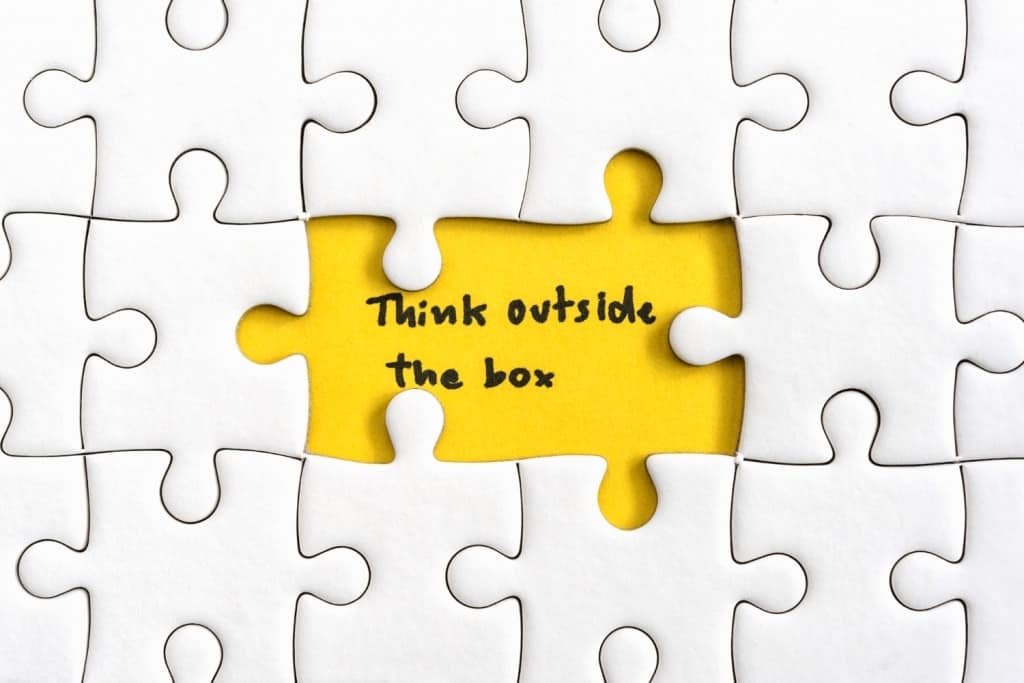
Եվ հիշեք, ստեղծագործական խնդիրների լուծման նպատակը գործնական, արդյունավետ և եզակի լուծումներ գտնելն է, որոնք գերազանցում են սովորական (և երբեմն ռիսկային, իհարկե):
Պե՞տք է ավելի ստեղծագործական խնդիրների լուծման օրինակներ: Շարունակել կարդալ!
Ստեղծագործական խնդիրների լուծման հմտություններ ունենալու առավելությունները
Որպես թեկնածու՝ խնդիրների լուծման ստեղծագործական հմտություններ ունենալը կարող է բերել մի քանի առավելությունների, այդ թվում՝
- Բարձրացնել աշխատունակությունը. Աշխատանքատուները փնտրում են անհատների, ովքեր չեն խրված ճոճանակի մեջ, բայց կարող են քննադատաբար մտածել, լուծել խնդիրներ և առաջարկել ստեղծագործական լուծումներ՝ բաներ, որոնք ավելի արդյունավետ են աշխատում և խնայում են ավելի շատ ժամանակ և ջանք: Ձեր հմտությունները ցուցադրելը կարող է ձեզ դարձնել ավելի գրավիչ թեկնածու և մեծացնել աշխատանքի ընդունվելու ձեր հնարավորությունները:
- Բարելավել որոշումների կայացումը. Նրանք օգնում են ձեզ տարբեր տեսանկյուններից մոտենալ խնդիրներին և ավելի լավ որոշումներ կայացնել։
- Բարձրացնել հարմարվողականությունըՍտեղծագործական լուծումներ գտնելու կարողությունը կարող է օգնել ձեզ հարմարվել փոփոխություններին և արդյունավետորեն հաղթահարել նոր մարտահրավերները:
- Բարելավել կատարումը. Խնդիրների լուծումը նորարարական եղանակներով կարող է հանգեցնել արտադրողականության, կատարողականի և արդյունավետության բարձրացման:
Ստեղծագործական արհեստական ինտելեկտի աշխարհի պայթյունավտանգ աճի պայմաններում այն համարվում է աշխատակիցների համար ամենակարևոր փափուկ հմտություններից մեկը։ Անցեք հաջորդ մասին՝ խնդիրների լուծման հարցազրույցի հարցերը պատասխաններով տեսնելու համար 👇
Հարցազրույցի 9 ստեղծագործական խնդիրների լուծման հարցեր և պատասխաններ
Ահա հարցազրույցի հարցերի ստեղծագործական խնդիրների լուծման օրինակներ, ինչպես նաև օրինակելի պատասխաններ.
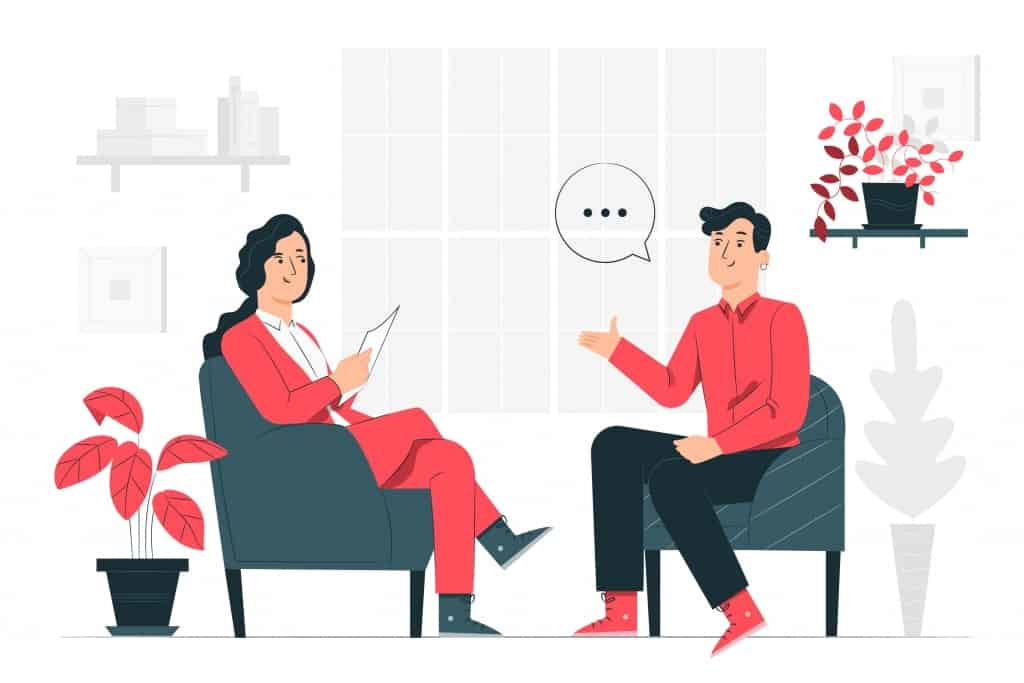
#1. Ինչպե՞ս եք մոտենում նոր խնդրին կամ մարտահրավերին:
Սա այն ժամանակն է, երբ դուք պետք է ցույց տաք հարցազրուցավարին ձեր գործելակերպը, ձեր մտածելակերպը:
Պատասխանի օրինակ. «Ես սկսում եմ տեղեկատվություն հավաքելով և խնդիրը մանրակրկիտ հասկանալով։ Այնուհետև մտորում եմ հնարավոր լուծումների մասին և քննարկում, թե որոնք ունեն ամենամեծ ներուժը։ Ես նաև մտածում եմ յուրաքանչյուր լուծման հնարավոր ռիսկերի և օգուտների մասին։ Այդտեղից ես ընտրում եմ լավագույն լուծումը և ստեղծում գործողությունների ծրագիր այն իրականացնելու համար։ Ես անընդհատ գնահատում եմ իրավիճակը և անհրաժեշտության դեպքում կատարում եմ ճշգրտումներ, մինչև խնդիրը լուծվի»։
#2. Ի՞նչ արմատական նոր կամ տարբեր եղանակներ մոտենալու մարտահրավերին:
Այս հարցը նախորդի ավելի դժվար տարբերակն է։ Այն պահանջում է նորարարական և եզակի լուծումներ խնդրի համար։ Հարցազրուցավարը ցանկանում է տեսնել, թե արդյոք դուք կարող եք ունենալ խնդիրների լուծման տարբեր մոտեցումներ։ Կարևոր է հիշել, որ պարտադիր չէ տալ լավագույն պատասխանը, այլ ցուցադրել ստեղծագործաբար մտածելու և նոր գաղափարներ առաջացնելու ձեր ունակությունը։
Պատասխանի օրինակ. «Այս մարտահրավերին մոտենալու բոլորովին այլ եղանակ կարող է լինել մեր ոլորտից դուրս գտնվող ընկերության կամ կազմակերպության հետ համագործակցությունը։ Սա կարող է նոր հեռանկար և գաղափարներ տալ։ Մեկ այլ մոտեցում կարող է լինել տարբեր բաժինների աշխատակիցների ներգրավումը խնդիրների լուծման գործընթացում, ինչը կարող է հանգեցնել միջֆունկցիոնալ լուծումների և բերել գաղափարների ու տեսակետների լայն շրջանակի և ավելի բազմազան կետերի ներգրավման»։
#3. Կարո՞ղ եք օրինակ բերել մի դեպք, երբ դուք ստեղծեցիք խնդրի ստեղծագործական լուծում:
Հարցազրուցավարին անհրաժեշտ են ավելի կոնկրետ ապացույցներ կամ ձեր ստեղծագործական խնդիրների լուծման հմտությունների օրինակներ: Այսպիսով, հնարավորինս կոնկրետ պատասխանեք հարցին և եթե առկա է, ցույց տվեք նրանց կոնկրետ չափումներ:
Պատասխանի նմուշ. «Ես մարքեթինգային արշավ եմ վարում, և մենք դժվարանում ենք ներգրավվել որոշակի թիրախային լսարանի հետ։ Ես այս մասին մտածում էի այլ տեսանկյունից և մի գաղափար ծագեց։ Գաղափարն այն էր, որ ստեղծվի ինտերակտիվ միջոցառումների շարք, որպեսզի հաճախորդները կարողանան մեր արտադրանքը վայելել եզակիորեն և զվարճալի ձևով։ Արշավը մեծ հաջողություն ունեցավ և գերազանցեց իր նպատակները՝ ներգրավվածության և վաճառքի առումով»։
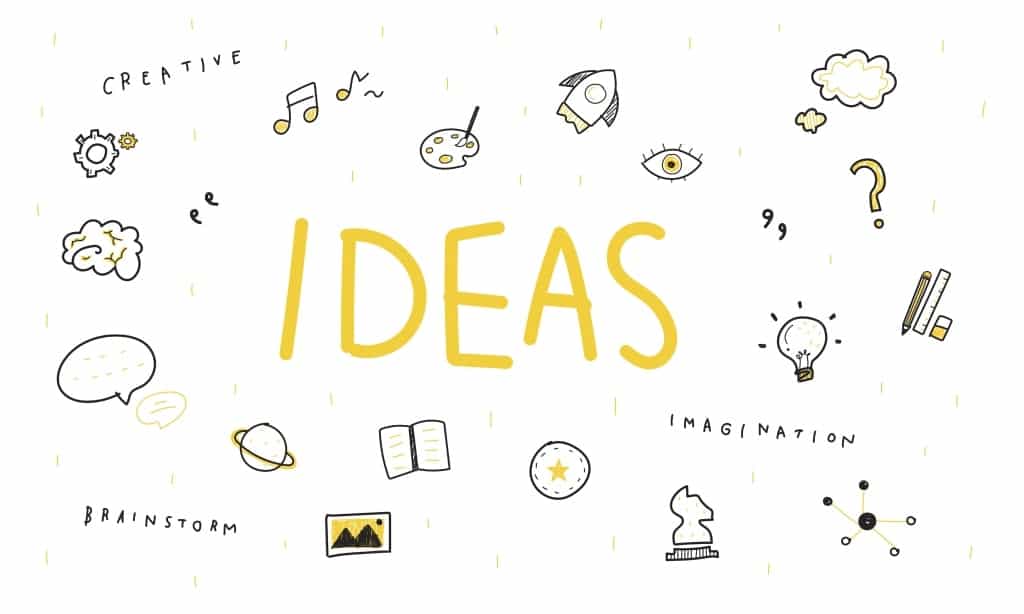
#4. Կարո՞ղ եք հիշել մի դեպք, երբ հաջողությամբ կառավարել եք ճգնաժամը:
Հարցազրուցավարները ցանկանում են տեսնել, թե ինչպես եք վարվում բարձր ճնշման իրավիճակներում և արդյունավետորեն լուծում խնդիրները:
Պատասխանի օրինակ. «Երբ ես աշխատում էի մի նախագծի վրա, և թիմի հիմնական անդամներից մեկը հանկարծակի անհասանելի էր արտակարգ իրավիճակի պատճառով, սա նախագիծը ենթարկեց հետաձգման վտանգի։ Ես արագ գնահատեցի իրավիճակը և կազմեցի առաջադրանքները թիմի մյուս անդամներին վերաբաշխելու ծրագիր։ Ես նաև արդյունավետորեն շփվեցի հաճախորդի հետ՝ համոզվելու համար, որ նրանք տեղյակ են իրավիճակին և որ մենք դեռևս ճիշտ ուղու վրա ենք՝ մեր ժամկետները պահպանելու համար։ Արդյունավետ ճգնաժամային կառավարման միջոցով մենք կարողացանք ժամանակին և առանց որևէ լուրջ խոչընդոտի ավարտել նախագծի առաջադրանքները»։
#5. Կարո՞ղ եք նշել ստեղծագործական գործունեության երեք ընդհանուր խոչընդոտ և ինչպես եք հաղթահարում դրանցից յուրաքանչյուրը:
Ահա թե ինչպես է հարցազրուցավարը գնահատում ձեր տեսակետը և ձեզ առանձնացնում մյուս թեկնածուներից:
Պատասխանի օրինակ. «Այո, ես կարող եմ առանձնացնել խնդիրների լուծման գործում ստեղծագործականությանը խոչընդոտող երեք ընդհանուր խոչընդոտ։ Նախ, ձախողման վախը կարող է խանգարել անհատներին ռիսկի դիմել և նոր գաղափարներ փորձել։ Ես հաղթահարում եմ սա՝ ընդունելով ձախողումը որպես ուսման հնարավորություն և խրախուսելով ինձ փորձարկել նոր գաղափարներ։»
Երկրորդ, սահմանափակ ռեսուրսները, ինչպիսիք են ժամանակը և ֆինանսները, կարող են նվազեցնել ստեղծագործականությունը։ Ես հաղթահարում եմ սա՝ իմ ժամանակացույցում առաջնահերթություն տալով խնդիրների լուծմանը և գտնելով լավագույն ծախսարդյունավետ գործիքներն ու մեթոդները։ Վերջապես, ոգեշնչման պակասը կարող է խոչընդոտել ստեղծագործականությանը։ Սա հաղթահարելու համար ես ենթարկվում եմ նոր փորձառությունների և միջավայրերի, փորձում նոր հոբբիներ, ճանապարհորդում և շրջապատում եմ ինձ տարբեր տեսակետներ ունեցող մարդկանցով։ Ես նաև կարդում եմ նոր գաղափարների և գործիքների մասին և օրագիր եմ պահում՝ գրանցելու իմ մտքերն ու գաղափարները։
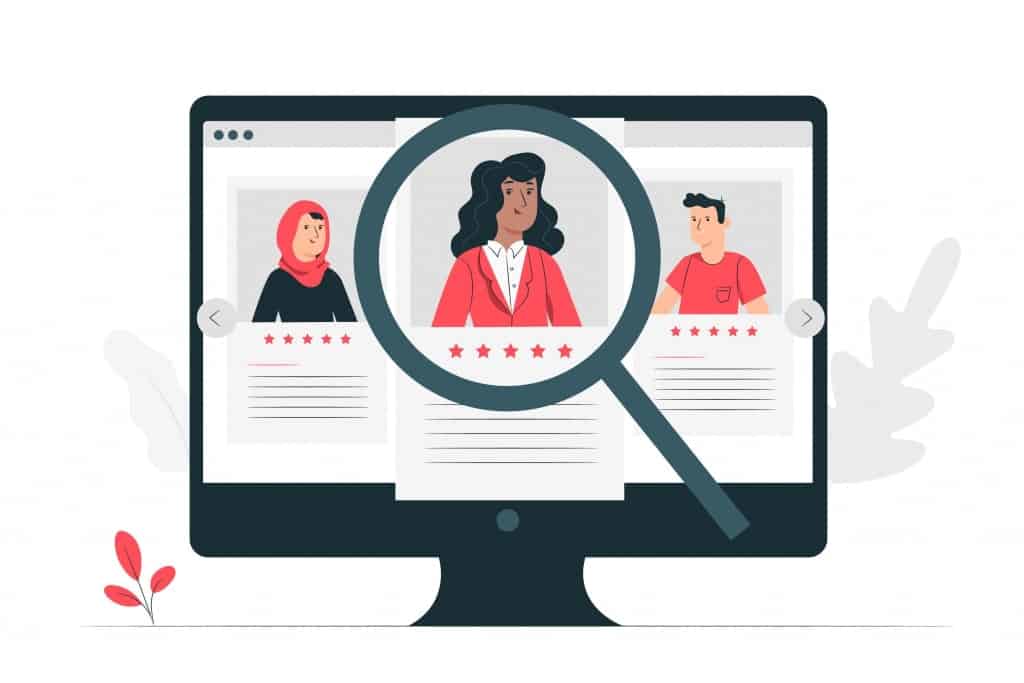
#6. Երբևէ պատահե՞լ է, որ դուք ստիպված լինեք լուծել որևէ խնդիր, բայց նախկինում չունեք դրա մասին անհրաժեշտ ամբողջ տեղեկատվությունը։ Եվ ի՞նչ եք արել։
«Հանկարծակի» խնդրի հետ գործ ունենալը տարածված իրավիճակ է, որին դուք կհանդիպեք ցանկացած աշխատանքային միջավայրում: Աշխատանքատուները ցանկանում են իմանալ, թե ինչպես եք դուք ողջամտորեն և արդյունավետորեն հաղթահարում այս անհարմարությունը:
Պատասխանի օրինակ. "Նման դեպքերում ես նախաձեռնողաբար դիմում եմ տարբեր աղբյուրներից և հավաքում տեղեկատվություն՝ իրավիճակն ավելի լավ հասկանալու համար։ Ես խոսում եմ շահագրգիռ կողմերի հետ, հետազոտություններ եմ կատարում առցանց և օգտագործում եմ իմ փորձն ու գիտելիքները՝ բացթողումները լրացնելու համար։ Ես նաև պարզաբանող հարցեր եմ տալիս խնդրի և այն մասին, թե ինչ տեղեկատվություն էր բացակայում։ Սա թույլ է տալիս ինձ ձևավորել խնդրի ամբողջական պատկերացում և աշխատել լուծում գտնելու ուղղությամբ, նույնիսկ երբ ամբողջական տեղեկատվությունը հասանելի չէ։
#7. Ինչ եք անում, երբ թվում է, թե անհնար է գտնել խնդրի ճիշտ լուծումը:
Աշխատանքատուները փնտրում են թեկնածուների, որոնք օժտված են խնդիրներ լուծելու, ստեղծագործական և քննադատական մտածողության հմտություններով։ Թեկնածուի պատասխանները կարող են նաև բացահայտել նրանց խնդիրներ լուծելու ռազմավարությունները, մտածողության ունակությունները և մարտահրավերների առջև դիմադրողականությունը։
Պատասխանի օրինակ. «Երբ ես ստիպված եմ լինում բախվել մի խնդրի, որը, կարծես, չեմ կարողանում լուծել, ես բազմափուլ մոտեցում եմ կիրառում՝ այս մարտահրավերը հաղթահարելու համար։ Նախ, ես փորձում եմ վերաձևակերպել խնդիրը՝ այն դիտարկելով այլ տեսանկյունից, ինչը հաճախ կարող է հանգեցնել նոր գաղափարների և պատկերացումների։ Երկրորդ, ես դիմում եմ իմ գործընկերներին, մենթորներին կամ ոլորտի մասնագետներին՝ նրանց տեսակետներն ու խորհուրդները ստանալու համար։ Ուրիշների հետ համագործակցությունն ու գաղափարների փոխանակումը կարող են հանգեցնել նոր լուծումների։»
Երրորդ, ես ընդմիջում եմ անում՝ հեռանալով դրանից և անելով բոլորովին այլ բան՝ միտքս մաքրելու և նոր հեռանկար ձեռք բերելու համար։ Չորրորդ, ես վերանայում եմ խնդիրը թարմ մտքով և նորացված կենտրոնացմամբ։ Հինգերորդ, ես դիտարկում եմ այլընտրանքային լուծումներ կամ մոտեցումներ՝ փորձելով բաց միտք պահպանել և ուսումնասիրել ոչ ավանդական տարբերակներ։ Վերջապես, ես կատարելագործում եմ լուծումը և փորձարկում այն՝ համոզվելու համար, որ այն համապատասխանում է պահանջներին և արդյունավետորեն լուծում է խնդիրը։ Այս գործընթացը թույլ է տալիս ինձ գտնել ստեղծագործական և նորարարական լուծումներ, նույնիսկ երբ խնդիրը դժվար է թվում լուծելի։
#8. Ինչպե՞ս գիտեք, թե երբ պետք է ինքներդ զբաղվեք խնդրի հետ կամ օգնություն խնդրեք:
Այս հարցում հարցազրուցավարը ցանկանում է ավելի հստակ պատկերացում կազմել իրավիճակները գնահատելու ձեր կարողության մասին, լինել ճկուն խնդիրներ լուծելիս և համոզվել, որ դուք կարող եք աշխատել ինչպես անկախ, այնպես էլ թիմում:
Պատասխանի օրինակ. «Ես կգնահատեի իրավիճակը և կորոշեի, թե արդյոք ունեմ խնդիրը արդյունավետորեն լուծելու համար անհրաժեշտ հմտությունները, գիտելիքները և ռեսուրսները։ Եթե խնդիրը բարդ է և գերազանցում է իմ կարողությունները, ես կդիմեմ գործընկերոջ կամ ղեկավարի օգնությանը։ Սակայն, եթե ես կարող եմ դա թույլ տալ և արդյունավետորեն լուծել խնդիրը, ես կվերցնեմ այն և ինքս կհաղթահարեմ այն։ Այնուամենայնիվ, իմ վերջնական նպատակը դեռևս ժամանակին գտնել խնդրի լավագույն լուծումը»։"
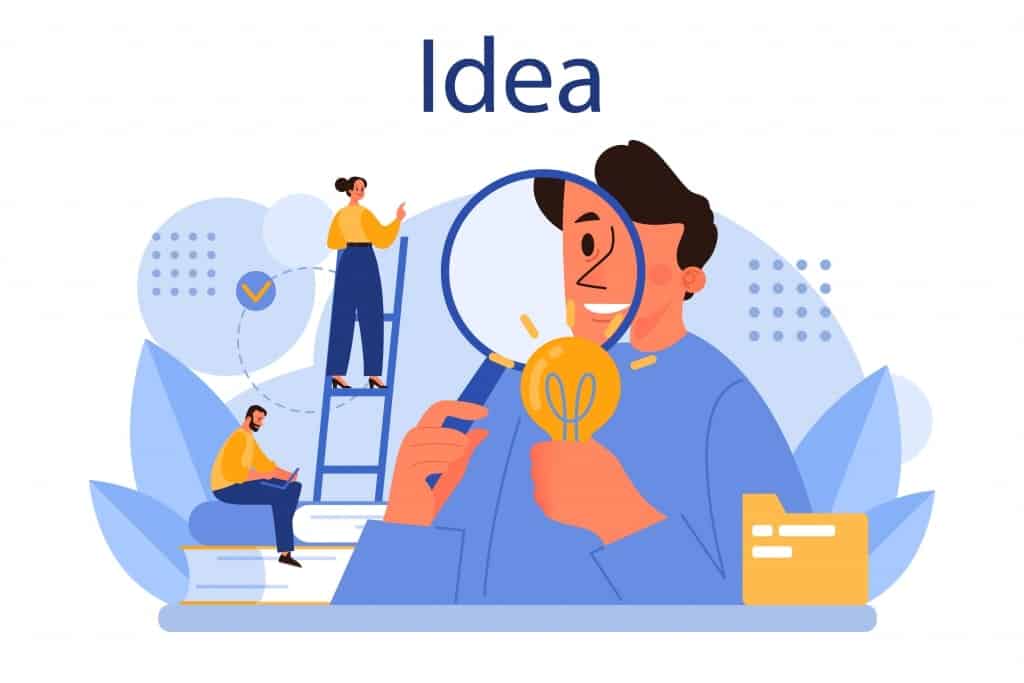
#9. Ինչպե՞ս եք մնում ստեղծագործ:
Եթե դուք աշխատում եք ստեղծագործական ոլորտներում, շատ հարցազրույց վարողներ կտան այս հարցը, քանի որ աշխատող մասնագետների շրջանում «ստեղծագործական բլոկադան» տարածված խնդիր է։ Հետևաբար, նրանք կցանկանային իմանալ, թե ինչ տարբեր մեթոդներ եք կիրառել աշխատանքային հոսքին վերադառնալու համար։
Պատասխանի օրինակ. «Ես խորասուզվում եմ լայն թեմաների մեջ՝ նոր կապեր ստեղծելու համար։ Ես շատ եմ կարդում, դիտարկում եմ տարբեր ոլորտներ և ծանոթանում եմ արվեստին/երաժշտությանը հեռանկարներ գտնելու համար։ Ես նաև պարբերաբար գաղափարներ եմ փոխանակում բազմազան խմբերի հետ, քանի որ այլ տեսակետներ են խթանում իմ ստեղծագործականությունը։ Եվ ես պահպանում եմ գաղափարների գրանցամատյան՝ նույնիսկ անհավանական գաղափարների, քանի որ երբեք չգիտես, թե որտեղ կարող են հանգեցնել նորարարությունները։ Էկլեկտիկ մոտեցումն օգնում է ինձ լուծել խնդիրները նորարարական, բայց գործնական եղանակներով»։
Խորհուրդներ՝ բարելավելու ձեր ստեղծագործական խնդիրների լուծման հմտությունները
Ահա մի քանի խորհուրդներ, որոնք կօգնեն ձեր ստեղծագործական խնդիրներ լուծելու հմտություններին.
- պրակտիկա լսելու և դիտարկում. Ուշադրություն դարձրեք ձեր շրջապատի մանրամասներին և ակտիվորեն լսեք, թե ինչ են ասում ուրիշները:
- Ընդլայնեք ձեր տեսակետը. Փնտրեք նոր փորձառություններ և տեղեկություններ, որոնք կարող են ընդլայնել ձեր մտածողությունը և օգնել ձեզ մոտենալ խնդիրներին նոր տեսանկյուններից:
- Թիմային աշխատանք. Ուրիշների հետ աշխատելը կարող է հանգեցնել տարբեր հեռանկարների և օգնել ձեզ ավելի ստեղծագործ լուծումներ ստեղծել:
- Մնացեք հետաքրքրասեր. Շարունակեք հարցեր տալ՝ հետաքրքրասեր և լայնախոհ վերաբերմունք պահպանելու համար:
- Օգտագործեք պատկերացում և մտքի քարտեզագրում. Այս գործիքները կարող են օգնել ձեզ տեսնել խնդիրները նոր լույսի ներքո և մտածել հնարավոր լուծումների մասին ավելի կազմակերպված ձևով:
- Հոգ տանել հոգեկան առողջության մասին. Ընդմիջումները և հանգստացնող գործունեությամբ զբաղվելը կարող են օգնել ձեզ թարմանալ և խուսափել այրումից:
- Ընդունել ձախողում. Մի վախեցեք փորձել նոր եղանակներ և փորձարկել տարբեր լուծումներ, նույնիսկ եթե դրանք չեն ստացվում։
Վերջնական Մտքեր
Հուսով եմ, որ այս հոդվածը ձեզ տրամադրել է ստեղծագործական խնդիրների լուծման օգտակար օրինակներ և լավ է պատրաստել ձեզ՝ հավաքագրողների մոտ միավորներ վաստակելու համար: Եթե ցանկանում եք բարելավել ձեր ստեղծագործական խնդիրներ լուծելու հմտությունները, կարևոր է որդեգրել աճի մտածելակերպ, ընդունել ձախողումը, մտածել ստեղծագործաբար և համագործակցել ուրիշների հետ:
Եվ մի մոռացեք ստեղծագործել AhaSlides-ի հետ հանրային կաղապարների գրադարան!
Հաճախակի տրվող հարցեր
Ո՞րն է հարցազրույցի համար խնդրի լուծման լավ օրինակ:
Հարցազրուցավարի հարցին պատասխանելիս համոզվեք, որ օգտագործում եք հետևյալ մոտեցումը՝ հստակ սահմանել խնդիրը, հավաքել համապատասխան տվյալներ, վերլուծել պատճառները, առաջարկել ստեղծագործական լուծում, հետևել ազդեցությանը և քանակականացնել արդյունքները։
Ի՞նչ է ստեղծագործական մոտեցումը խնդիրների լուծմանը:
Հետաձգեք դատողությունները։ Մտքերի փոթորիկ անելիս անմիջապես մի մերժեք որևէ առաջարկ, անկախ նրանից, թե որքան տարօրինակ կարող են թվալ դրանք։ Վայրի գաղափարները երբեմն կարող են հանգեցնել բեկումնային լուծումների։

